Valtrex vs Alternatives Comparison Tool
Valtrex (Valacyclovir)
- Efficacy: High
- Dosing: 1-2x daily
- Side Effects: Mild
- Cost: $30-$45
- Special Populations: Moderate
Acyclovir (Generic)
- Efficacy: High
- Dosing: 5-8x daily
- Side Effects: Mild
- Cost: $10-$20
- Special Populations: Good
Famciclovir
- Efficacy: High
- Dosing: 2x daily
- Side Effects: Mild
- Cost: $25-$40
- Special Populations: Good
Topical Options
- Penciclovir Cream: Topical
- Docosanol Cream: OTC
- Side Effects: Minimal
- Cost: $15-$25
- Special Populations: Excellent
Recommendation Based on Your Selection
Select a condition and your situation above to get personalized recommendations.
Choosing the right antiviral can feel like solving a puzzle - you need to weigh effectiveness, side‑effects, dosing schedule, and price. Valtrex is often the first name that pops up, but several other options sit in the same therapeutic class. This guide breaks down Valtrex, lines it up against its main competitors, and helps you figure out which drug fits your situation.
Key Takeaways
- Valtrex (valacyclovir) offers the most convenient once‑or‑twice‑daily dosing for most herpes infections.
- Acyclovir is the cheapest option but requires more frequent dosing.
- Famciclovir bridges the gap with similar efficacy to Valtrex and a moderate dosing schedule.
- Penciclovir and docosanol are topical alternatives for mild outbreaks.
- Renal function, pregnancy status, and drug interactions dictate the safest choice for each patient.
What Is Valtrex?
Valtrex is the brand name for valacyclovir, an oral prodrug that converts to acyclovir in the body, targeting herpes simplex virus (HSV) and varicella‑zoster virus (VZV). Approved in 1995, Valtrex quickly became popular because it reaches higher blood levels than standard acyclovir, allowing fewer daily tablets.
Typical uses include treatment of genital herpes, cold sores, and shingles, plus suppressive therapy for frequent recurrences. The standard adult dose for an initial genital herpes outbreak is 1g twice daily for 7-10days, while shingles treatment usually calls for 1g three times daily for 7days.
Common Alternatives
Acyclovir is the older, generic antiviral that Valtrex converts into once inside the body. It works against the same viruses but achieves lower plasma concentrations, meaning patients often need five to eight pills per day.
Famciclovir is a prodrug of penciclovir. It offers a dosing schedule of twice daily for most infections and is especially useful for shingles in patients who struggle with Valtrex’s three‑times‑daily regimen.
Penciclovir is available both as an oral tablet (rare) and as a 1% cream for cold‑sore treatment. The topical formulation acts directly on lesions, avoiding systemic side‑effects.
Docosanol is an over‑the‑counter topical agent approved for cold sores. It works by blocking viral entry into cells rather than inhibiting replication, making it less potent but useful for mild cases.
Herpes simplex virus (HSV) is the primary cause of oral and genital lesions. Two subtypes exist - HSV‑1 (commonly oral) and HSV‑2 (commonly genital).
Varicella‑zoster virus (VZV) causes chicken‑pox in children and shingles (herpes zoster) in adults when the virus reactivates.

How We Compare Antivirals
To keep the comparison clear, we focus on six practical criteria:
- Efficacy: How well the drug shortens lesions and reduces viral shedding.
- Dosing convenience: Number of pills per day and duration of therapy.
- Side‑effect profile: Frequency of common and serious adverse events.
- Cost: Average retail price in Australia (2025 data).
- Resistance risk: Likelihood of viral mutation rendering the drug ineffective.
- Special populations: Suitability for pregnancy, renal impairment, and immunocompromised patients.
Side‑by‑Side Comparison Table
| Drug | Efficacy (lesion‑healing time) | Dosing Frequency | Common Side‑effects | Average Cost per Course (AUD) | Renal Adjustments |
|---|---|---|---|---|---|
| Valtrex | 2‑3days faster than placebo | 1‑2times daily (7‑10days) | Headache, nausea | $30‑$45 | Dose‑reduce if CrCl<50mL/min |
| Acyclovir | Similar to Valtrex when dose‑matched | 5‑8times daily (7‑10days) | Kidney irritation, GI upset | $10‑$15 | Standard dosing; caution if CrCl<30mL/min |
| Famciclovir | 1‑2days faster than acyclovir | 2times daily (7days) | Headache, fatigue | $35‑$50 | Reduce if CrCl<25mL/min |
| Penciclovir (cream) | Reduces healing by ~1day for cold sores | Apply 5times daily until healed | Local irritation | $25‑$30 | Not applicable (topical) |
| Docosanol | Modest benefit (≈0.5day) | Apply 5times daily for 5days | Minimal; occasional skin rash | $15‑$20 | Not applicable (topical) |
When Valtrex Is the Best Pick
If you value a short, simple regimen and are dealing with a severe outbreak (genital herpes or shingles), Valtrex usually wins. Its higher bioavailability means you can get therapeutic blood levels with just two tablets a day, which improves adherence-especially for busy adults.
Pregnant women in the third trimester often stay on Valtrex for suppressive therapy because data show low fetal risk, whereas acyclovir requires more frequent dosing that can be harder to stick to. For patients with mild oral herpes, the convenience of a twice‑daily dose may outweigh the modest cost increase.

When Alternatives Might Suit You Better
Acyclovir shines when cost is the primary barrier. In public health clinics or low‑income settings, the drastically lower price makes it the go‑to drug despite the pill burden. It also remains the reference standard for pediatric dosing because formulations are widely available.
Famciclovir offers a middle ground: slightly cheaper than Valtrex in some pharmacies and a twice‑daily schedule that many patients find manageable. It’s especially useful for shingles in patients who cannot tolerate the higher dose of Valtrex due to renal concerns.
Topical agents like Penciclovir cream or Docosanol are appropriate for isolated cold‑sore episodes where systemic exposure isn’t needed. They avoid drug‑drug interactions and are safe for most children over 12years.
Special Populations & Safety Considerations
Immune‑compromised patients (e.g., transplant recipients) often experience more severe or prolonged HSV/VZV infections. In these cases, clinicians prefer Valtrex or famciclovir because higher plasma levels help prevent complications.
Renal impairment demands dose adjustments for all four oral agents. Valtrex and famciclovir have clear guidelines: reduce dose or extend the interval when creatinine clearance falls below 50mL/min. Acyclovir’s frequent dosing can exacerbate crystal nephropathy, so hydration and dose reduction are critical.
Pregnancy categories in Australia list Valtrex as Category B2, indicating no proven risk but limited data. Acyclovir shares the same classification. However, the convenience of fewer daily doses often tips the scale toward Valtrex for women needing suppressive therapy during the third trimester.
Decision Guide: Picking the Right Antiviral
- Identify the infection type (genital herpes, oral herpes, shingles).
- Check patient-specific factors: renal function, pregnancy, cost sensitivity, adherence potential.
- If a short, twice‑daily regimen is essential and cost is manageable → choose Valtrex.
- If budget constraints dominate and patient can handle five‑plus pills daily → consider Acyclovir.
- For moderate cost with twice‑daily dosing and better safety in mild renal impairment → go with Famciclovir.
- For isolated cold‑sore episodes or when systemic exposure is undesirable → use topical Penciclovir or Docosanol.
Always discuss with a healthcare professional before switching, especially if you’re on other medicines like probenecid, warfarin, or immunosuppressants, as antivirals can alter their levels.
Frequently Asked Questions
Can I take Valtrex and Acyclovir together?
No. Both drugs work by the same mechanism and adding them provides no extra benefit while increasing the risk of side‑effects. Choose one based on your needs.
Is Valtrex effective for preventing cold sores?
Yes, a daily suppressive dose of 500mg can reduce outbreak frequency by up to 80% in people with frequent recurrences. It’s more convenient than taking acyclovir multiple times a day.
What should I do if I miss a Valtrex dose?
Take the missed dose as soon as you remember, unless it’s almost time for your next dose. In that case, skip the missed tablet and continue with your regular schedule. Never double‑dose.
Are there any foods or drinks that interfere with Valtrex?
Valtrex can be taken with or without food. However, staying well‑hydrated helps the kidneys clear the drug and reduces the chance of crystal formation, especially if you have reduced renal function.
How does resistance to Valtrex develop?
Resistance is rare in immunocompetent adults but can occur in long‑term suppressive therapy, especially in transplant patients. It usually involves mutations in the viral thymidine kinase gene, making the drug less effective.
In the end, the “best” antiviral hinges on your personal health profile, how severe the outbreak is, and practical issues like price and dosing convenience. By weighing the factors above, you can make an informed choice and get faster relief the next time a herpes flare pops up.


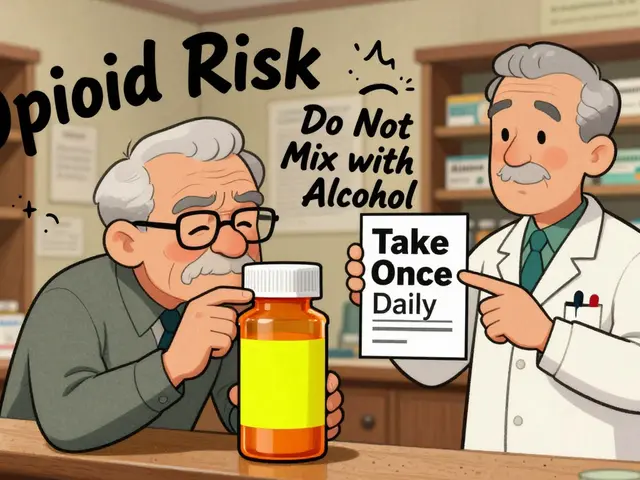
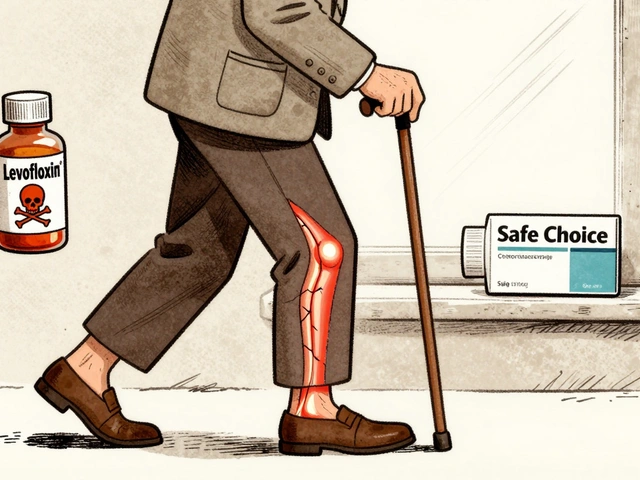
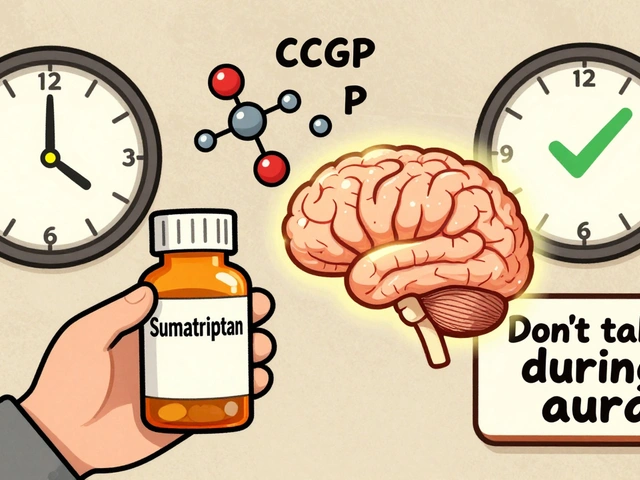
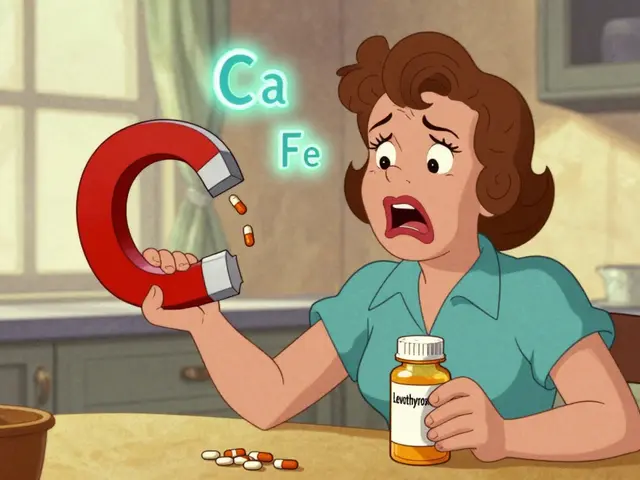


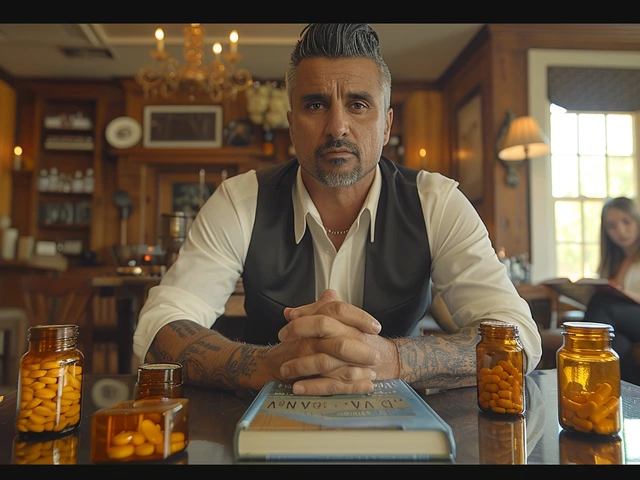

Hey folks, just wanted to point out that while Valtrex is super convenient, the dosing schedule can matter a lot for adherence. If you’re juggling work or school, the once‑or‑twice‑daily regimen might be a game‑changer. On the flip side, if cost is a big factor, Acyclovir’s cheaper price tag could save you some bucks. Also, keep an eye on kidney function – dose adjustments are important for older adults. In the end, it’s about matching the drug to the person’s lifestyle and health situation.
Honestly, the whole Valtrex hype feels like a marketing circus-flashy branding, glossy ads, and then they throw in a price tag that makes you wince. Meanwhile, the humble Acyclovir sits in the pharmacy aisle, doing the same job for a fraction of the cost. It’s like choosing a designer coffee over a robust brew that actually wakes you up. If you ask me, the “convenient dosing” brag is just a veneer over a drug that’s not fundamentally superior.
Wow!!!!! This comparison tool is… quite… something…?!!! The tables, the colors, the interactive bits-everything feels so… hyper‑stimulating… It’s like a carnival of antivirals!!! But seriously, when you look at the side‑effects column, they’re all listed as “Mild”… which feels a bit… oversimplified…? I mean, headache, nausea-those are not exactly trivial for everyone!!!
From a cultural standpoint, it’s interesting how Valtrex is marketed as the “modern” solution, while Acyclovir gets the “old‑school” label. The narrative subtly pushes the idea that newer equals better, even though the efficacy is pretty comparable. I guess it’s all about perception-people love a sleek pill that fits in their pocket.
Just a quick heads‑up: if you’re pregnant, Valtrex is generally considered safe, but always double‑check with your OB‑GYN. Also, don’t forget to hydrate well-some folks get mild nausea, and staying hydrated can help. 😊 Stay informed and stay healthy!
Isn't it fascinating how a single drug can embody both science and philosophy? Valtrex's pro‑drug nature mirrors the idea of potential becoming reality-once inside the body, it transforms into the active form, much like our own latent capabilities. If you view treatment as a journey, choosing a regimen that aligns with your rhythm can feel empowering. 🌟 Just remember, the best choice is the one that fits your life, not just the textbook.
From an analytical perspective, the cost‑effectiveness ratio of Acyclovir versus Valtrex is noteworthy. While Valtrex commands a premium, the marginal gain in dosing convenience does not proportionally translate into clinical superiority. Therefore, a discerning clinician might prioritize the pharmacoeconomic balance over brand allure.
Pick the drug that matches your schedule.
Quick tip: check your kidney function before starting any antiviral. 👀 It can save you from dosage mishaps later.
Remember, the most important thing is to follow your doctor’s guidance and not self‑medicate. Even if a drug seems affordable, the right dosage and duration are key to effectiveness.
When you weigh Valtrex against its alternatives, it helps to think of the decision as a balanced equation. On one side you have convenience-once or twice daily dosing-and on the other, you have cost. If you’re on a tight budget, Acyclovir’s lower price can tip the scales. Yet, for someone juggling a busy work schedule, the fewer pills might be the decisive factor. Both perspectives are valid, and the optimal choice really hinges on personal circumstances. In any case, discussing these factors with a healthcare provider ensures you land on the most suitable option.
Totally get where you’re coming from, Renee. It’s all about fitting the medication into real life, not just the textbook. 👍
Listen, the pharmaceutical industry doesn’t want you to know that these “new” antivirals are essentially a cash‑grab. They dress up Acyclovir in a fancy wrapper called Valtrex, slap a higher price tag on it, and then claim it’s a breakthrough because you only have to take it twice a day. Meanwhile, the real agenda is to keep you dependent on brand‑name prescriptions, ensuring they reap massive profits while you’re left paying extra for convenience that’s barely a marginal improvement. And let’s not forget the hidden agenda: they’re quietly pushing for broader off‑label use, hoping you’ll start taking these meds for anything that looks vaguely viral, all under the guise of “preventive health.” It’s a classic case of profit over patient welfare, and the subtle shift in dosing frequency is just a smokescreen to make you think it’s a scientific advancement. The truth? Your kidneys, liver, and wallet are the real casualties, and the only people benefitting are the shareholders. Stay vigilant, question the hype, and always ask for the generic. 👁️🗨️
I think the comparrison tool is greaat. It helps u see the diffrences betwen the meds. Just make sure to follw your doctors advise, and alwasy check for side effects. If you notice any strange reacctions, call your doctor immediatly.